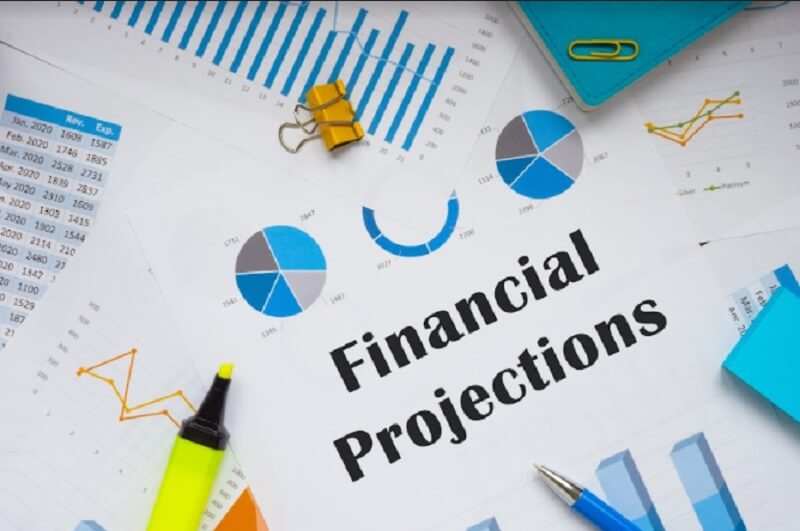Energy bills are one of the most significant expenses in every Australian household. Several factors decide your energy usage, standby power being one of them. The good news is that you can take small steps and make changes to your daily habits that could help reduce your energy costs.
Comparing the best energy plans available in your location would be an excellent first step. Next, you can identify what areas in your household consume the most energy and look for ways to curb energy usage.
What is Standby Power?
The modern appliances fitted in your household run on electricity. The common understanding is that once you switch off the appliance, it stops consuming electricity. But, that is not always the case.
There are some appliances which when switched off, enter a standby mode, meaning they are not entirely switched off and continue to draw minimal units of electricity.
The standby design feature enables a device to be switched on instantly. You could also control them remotely. Devices with light blinkers and digital clocks, for example, microwaves, game consoles, use standby power.
Can Standby Power Increase Your Energy Bills?
Yes, standby power can increase your energy bills. Older devices comparatively use more electricity in standby power. You are technically not using the device in standby mode; it is sitting in an idle state. But, you still end up paying for electricity which you are not even using.
If every household uses ten different appliances in standby mode, it could increase the strain on the network. In addition, if the distributors spend more money on maintaining the infrastructure, the costs will eventually affect your energy rates.
Standby appliances also generate heat. So apart from electricity, you will spend additional money on cooling solutions as well. The energy used may seem minuscule, but these small things add up to significant costs.
As per the Energy Department, standby power could account for 10% of your electricity bills.
What Can You Do to Save on Energy Bills?
The simple practice of turning off devices completely, and switching the button off can go a long way in saving energy. For example, if you use your game console only on the weekends, leaving it in standby mode throughout the week does not help. But, switching it off when not in use, it is estimated that you could be saving as much as $200 a year.
Go through all the appliances you use and identify which of those go into standby mode when you press the power button on your remote. Do not block switches behind furniture or place them at inconvenient heights or locations. When shopping for appliances, buy the ones with a good energy rating.
Other ways to save on energy bills would be to know how much energy you are using for a specific billing period and how much you pay for it. You can then use a comparison website to find the best energy plans in your area.
Standby mode is undoubtedly a convenient feature, but you end up paying for this convenience in the form of energy costs. Discuss and plan with your family; make it a habit to completely turn off devices and unplug them.










